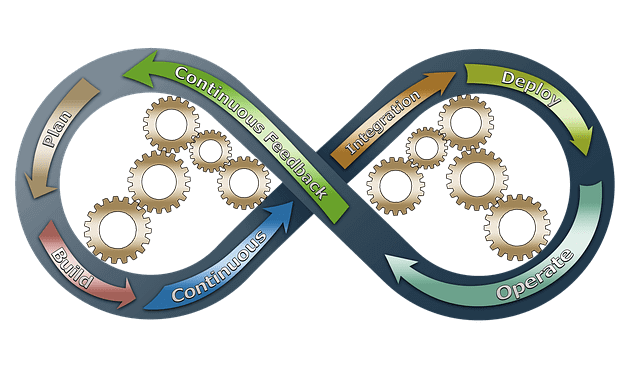Why Should You Opt for the Zero Trust Approach?
Many Australian business owners now recognise the need for a more comprehensive approach to network security. Although traditional data protection methods worked well in the past, various technological advances have made it necessary for organisations to update their existing security architecture. If you are concerned about the protection of your valuable data, choosing the zero trust approach may be ideal.
Importance of the Zero Trust Approach
Due to the increasing complexity of today’s network security issues, the zero trust approach has become a wise choice. In our previous article, we explained what this network security model is. Now, we’ll talk about why businesses, both big and small, are choosing this approach.
#1: It Enables Defenders to Grant Access More Securely
In the past, authorised users and attackers used dial-up connections and firewall exceptions to bypass perimeter protection. These days, data protection has become an even greater challenge because hackers have gained access to more sophisticated and innovative technology. Through the updated network security model, the access landscape can be flattened and defenders can grant access safely.
#2: It Allows Defenders to Revalidate Access Decisions
In some cases, an organisation’s existing IT security architecture may grant insiders more access than required or fail to change the access of employees who have been given different job responsibilities. To eliminate these potential vulnerabilities, use the data protection approach that enables defenders to revalidate access decisions whenever access is requested. Each time affiliations with a third party are updated or a device/application requests access to the data, this network security model will provide necessary protections.
#3: It Removes Residual Trust From the Network
Since attackers today keep finding more and more vectors to exploit, network security threats keep escalating. One way of preventing these cyber attacks is by removing residual trust from the network. For instance, organisations may need to remove the trust granted to users and systems that access restricted resources. Getting rid of the access granted to external users for specific systems that may have been removed is also included in this approach.
#4: It Allows for Greater Resilience to Ongoing Attacks
When cyber attackers find a way into an enterprise network that utilises zero trust architecture, they will be blocked. This happens because the default security stance of this approach is to deny access by default.
#5: It Scrutinises Both Internal and External Threats
During the early days of the internet, the baseline network security model was simple: Internal users were considered trusted employees, while those who accessed resources externally were deemed untrusted. However, nowadays, even users who access resources internally can be considered a threat to data security. For this reason, using a data protection model that treats every potential threat, whether internal or external, the same way is vital.
The Final Word
As technology develops, attackers may continue finding new ways to bypass or exploit security solutions. Business owners must then continue to be vigilant when it comes to their data protection measures. By utilising the zero trust approach to network security, you can secure your valuable data and detect malicious activity within your network as effectively as possible.










